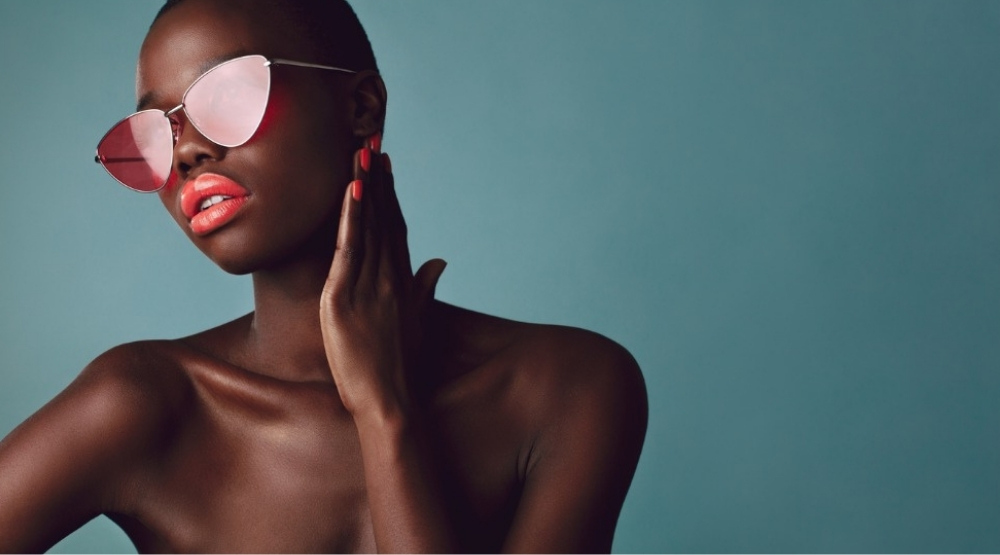How do you compete for and capture the attention of today’s luxury beauty consumer? Think a seamless digital experience first and foremost, pairing it with a value system that the consumer can get behind.
Time and tech
Following eighteen months of scarcity, playing hard to get is not alluring to consumers. In the latest issue, speed of services and procurement came up in my conversations with Victoria Fox of MISS FOX, Melbourne, and Victoria Houllis of Mannequin Hands Sydney. From facials to nails, clients want services and trends available to them instantly – and lockdowns, international border closures and disrupted supply chains are no longer acceptable excuses.
This sense of urgency has seen professional beauty brands jump from behind the counter to online abroad. Beauty Matter reported that over 40 European and American professional-grade skincare brands launched into China via TMall Global last year.
In 2021, the consumer is the distribution channel, and it doesn’t make sense not to be where they are. Increasingly, that’s online. But what does this mean for service providers? Isn’t this advice counterintuitive and un-actionable for an in-person industry? Not really!
Beauty service providers need to ensure their online experience is as seamless as their in-salon one is. Especially when it comes to bookings. Google reported that 52% of beauty services are booked outside of business hours – before 6 am and after 10 pm. And 20% are made “last minute” (48 hours before the service).
If your online booking system isn’t optimised you risk not capturing these last-minute clients. Another note is that 58.8% of clients would only book if full treatment details are available on the website and many were turned off by websites that displayed low-resolution imagery or weren’t optimised for mobile. So get cracking on that website re-design you’ve been talking about!
Value, wellbeing, and the ‘Conscious Consumer’
Yes, the 2021 consumer is more cash conscious than the 2019 consumer; however, they are placing a higher value on the services our industry provides. According to Mintel, consumers are more interested in health and wellbeing than ever, unsurprising following a health crisis that impacted the mental and physical wellbeing of billions of people.
However, the perception of health has expanded. Clients are now interested in bespoke and holistic treatments and they are more likely to believe “self-care” is critical to wellbeing. They also value experiences and lasting memories rather than big-ticket items.
When justifying the cost of your service, either to yourself or to a client, it’s a good idea to pay attention to the components of your service that create a truly unique experience. These generally reside in the little details – from the perfect bedding to the beverages on offer, and the investment you’ve placed into training your staff.
Furthermore, clients are willing to pay for services that are aligned with their values. As touched upon in PB Radar and our interview with Paul Frasca of Sustainable Salons, the emerging ‘conscious consumer’ is willing to pay more to support local small businesses in their area, particularly if they believe are giving back to the community by employing locals, implementing sound environmental practices, and/or facilitating community events.
Values and social justice
2021 was a tumultuous year politically and socially. Understandably, this has translated to a more socially and politically aware consumer who prioritises spending with businesses they feel reflect their values and are willing to hold those falling short to account. Pay close attention to how you interact with clients – keeping accountability and transparency as key goals.
Also, consider whether the services you’re providing are suitable for a diverse client base. Are your staff as confident treating pigmentation in South Asian skin types as they are with Caucasian? Do they understand how different cultural backgrounds might inform an individual’s comfort in a salon?
As a leader it is important to be confident having these conversations with staff. After all, as beauty practitioners we’re in the business of making people feel good – if we are not doing this, we are not doing our jobs. In a social media environment, negative experiences are amplified to represent the totality of your brand or business. Having ongoing conversations with your staff will seem more worthwhile when viewed in the context of permanent reputational damage that can occur online.
QUESTIONS TO ASK YOURSELF
- Do I prioritise diversity in salon recruitment? One of the easiest ways to ensure your salon is a safe space for everyone is to ensure there is a broad range of professionals working there.
- Does my social media and marketing collateral represent the diversity of my customer base?
- Are my treatment menus available in languages other than English?
- Is my salon ramp accessible?
- Is my salon gender neutral? While you don’t need to close shop to re-engineer your business from scratch, by slowly implementing some of these practices you can be assured you’re contributing to a salon industry we can all be proud of.
This article originally appeared in the July-August 2021 issue of Professional Beauty Magazine.
—
Read the current issue of our digital magazine here:
For more news and updates, subscribe to our weekly newsletter.
—
Have an idea for a story or want to see a topic covered on our site and in our pages? Get in touch at info@professionalbeauty.com.au.

